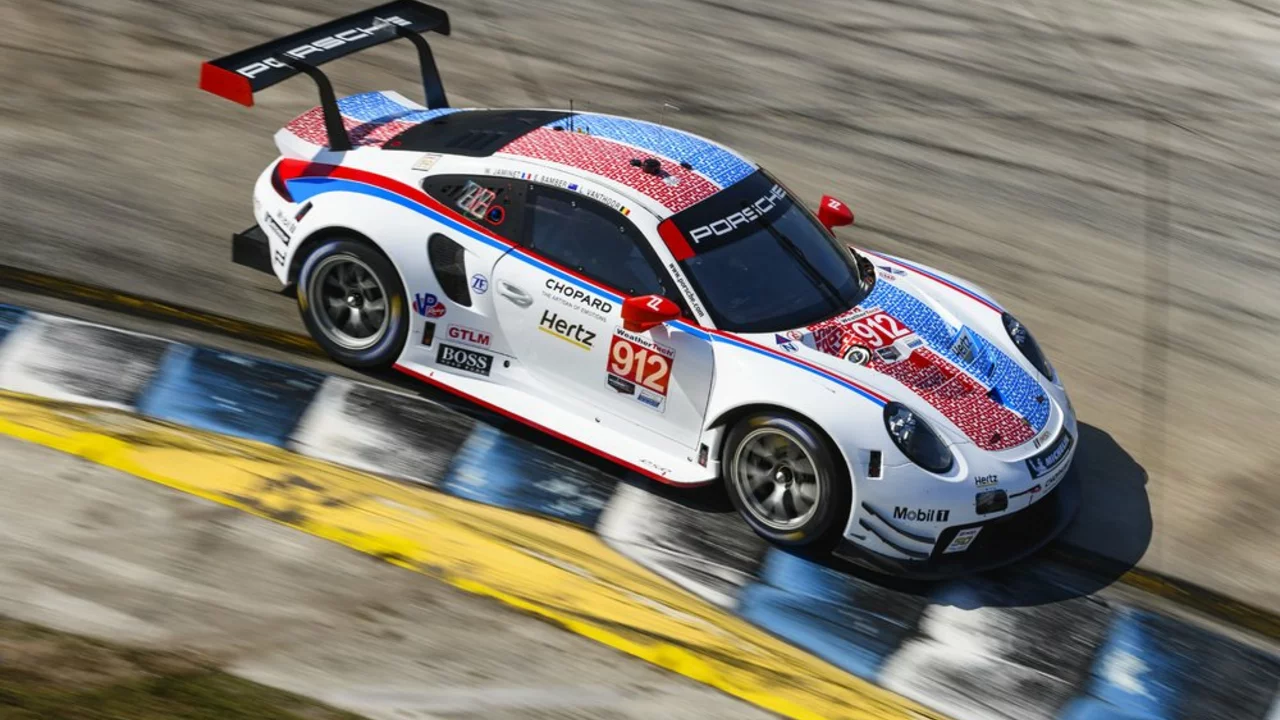Motorsport Understanding: Your Quick Guide to the Racing World
Ever wonder why the roar of engines feels like an instant adrenaline boost? You’re not alone. Getting a handle on motorsport doesn’t have to be a mountain climb. In a few minutes you can learn the main terms, the biggest series, and how to follow a race without feeling lost. Let’s break it down in plain English.
Key Concepts Every Fan Should Know
First up, the basics. A circuit is the track where the action happens – it can be a purpose‑built racetrack, a street layout, or an oval. Qualifying decides who starts where; the fastest lap earns pole position. During the race, drivers manage tires and fuel – too much wear or a light fuel load can cost precious seconds.
Cars differ a lot across series. In Formula 1 you’ll see open‑wheel, hybrid‑powered machines with crazy aerodynamic tricks. IndyCar runs similar open‑wheel cars but with a mix of ovals, road courses, and street circuits. NASCAR sticks to heavy, stock‑style cars racing mostly on ovals, while World Rally Championship (WRC) takes drivers off‑road on gravel, snow, and asphalt. Knowing the type of car lets you spot why a driver might excel on a particular track.
Terms like DRS (Drag Reduction System) and ERS (Energy Recovery System) pop up a lot in modern racing. DRS lets a car open a flap on the rear wing to reduce drag and overtake more easily, but it only works in designated zones. ERS harvests energy from brakes and the engine, feeding it back for a power boost. If you hear commentators mention “the hybrid kick” or “the DRS zone,” you’ll now know what they mean.
How to Dive Deeper Into Motorsport
If you’re ready to go beyond the basics, start by picking a series you like and follow a single race weekend. Watch the practice sessions, then qualifying, then the race. Pay attention to how teams adjust the car’s setup – they’ll talk about “downforce,” “suspension” and “gear ratios.” Those tweaks explain why a car might be quick on a straight but wobble in corners.
Social media is a goldmine. Drivers share behind‑the‑scenes photos, engineers explain strategy, and fans discuss on forums. Subscribe to a YouTube channel that breaks down races; many creators use on‑screen graphics to highlight where overtakes happen and why a pit stop mattered.
Finally, try a sim racing game. Even a basic setup lets you feel the difference between a slick tyre and a wet tyre, or how braking points change on a downhill section. The more you interact with the sport, the faster the jargon turns into useful knowledge, and the more fun the races become.
Motorsport is a mix of technology, skill, and pure excitement. By mastering the core terms, understanding the car types, and immersing yourself in a race weekend, you’ll go from casual viewer to confident fan in no time. Grab a snack, turn on the next race, and enjoy the ride!
